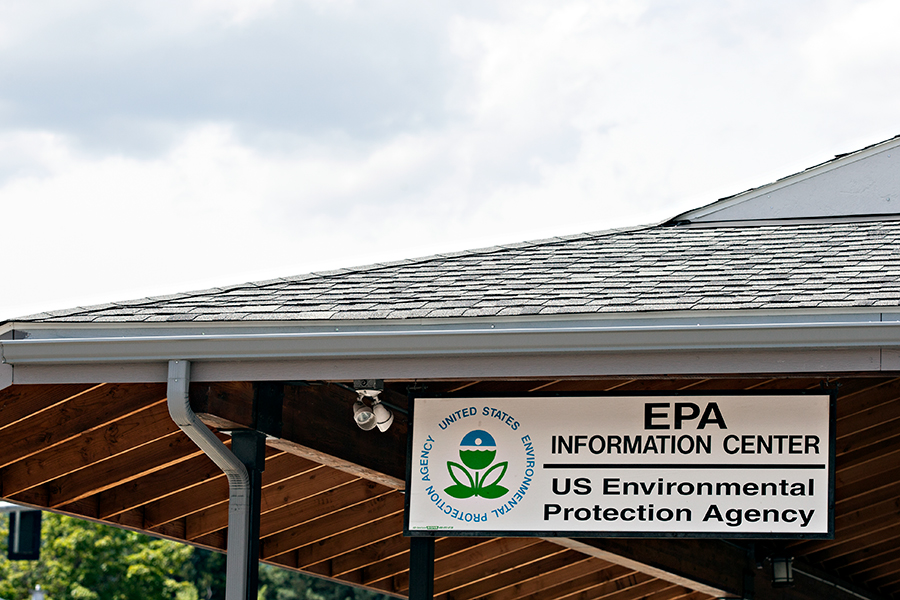After nearly two decades of cleanup work, the federal government is preparing to hand off control of the Libby Superfund site to the state of Montana in 2020.
Earlier this year, the U.S. Environmental Protection Agency finished its cleanup of Libby and Troy, an effort that dates back to the early 2000s when a deadly asbestos contamination was discovered. Now the federal agency is working on a draft of its institutional control instructions that will help maintain the site during the “operations and maintenance” phase of the cleanup. Those instructions will likely be put out for public comment in the coming weeks.
While some asbestos was removed during the cleanup, much of it was left in place in the walls of buildings or underground. Federal officials have said that so long as the material is not disturbed it does not pose a threat to the public. Once the institutional controls have been finalized, possibly over the winter, control of the site will be handed over to the Montana Department of Environmental Quality (DEQ).
“We are in a time of transition,” said Jenny Chambers, administrator of the DEQ’s Waste Management and Remediation Division.
Officials said the transition could happen as early as next spring.
But some in Lincoln County are nervous about the change, primarily because of the many unanswered questions about what the operations and maintenance phase will look like.
One of locals’ major concerns is whether they will get stuck with the bill should additional cleanup be needed in the future. Currently, there is more than $16 million set aside by the EPA and DEQ for future cleanup. Some of that money was part of a settlement by W.R. Grace & Co., the company that ran the vermiculite mine at the center of the asbestos contamination. However, as of late September, no one knows how that money can be spent, much to the chagrin of local officials.
“We just want a clear idea of what type of operations and maintenance activities will be covered by those funds,” said Virginia Kocieda, director of Lincoln County’s Asbestos Resource Program.
Officials with the DEQ said the state is currently trying to figure that out, but noted they need to see the proposed institutional controls first before they make any decisions about how money will be spent in the future.
Some also worry that the funds will only be available for cleanup operations in residential buildings. Tina Oliphant, executive director of the Lincoln County Port Authority and Kootenai River Development Council, said any rule preventing such funds from being used to clean up commercial sites might discourage businesses from investing in the county.
Lincoln County Commissioner Mark Peck said the delays and confusion have been frustrating and worrying for his community.
“We’re really worried about what we’re going to get stuck with,” he said.
The institutional controls and how future cleanup efforts will be paid for was the subject of a Sept. 19 meeting of the Libby Asbestos Superfund Oversight Committee. The oversight committee recently produced a set of guiding principles that they hope state and federal officials will follow while setting up the framework for the future of the Superfund site. One principle states, “Property owners will not bear the cost of any future issues related to the Libby Asbestos Superfund Site.”
Peck said he understands that the community might not get everything it wants, but that he’s going to push as hard as he can to protect his constituents.
“I’m not going to apologize for being pushy,” he said.
